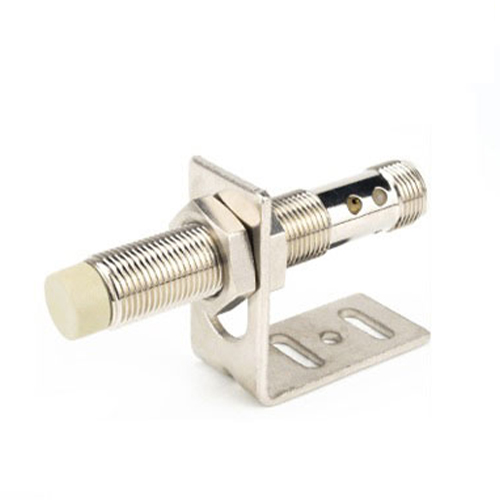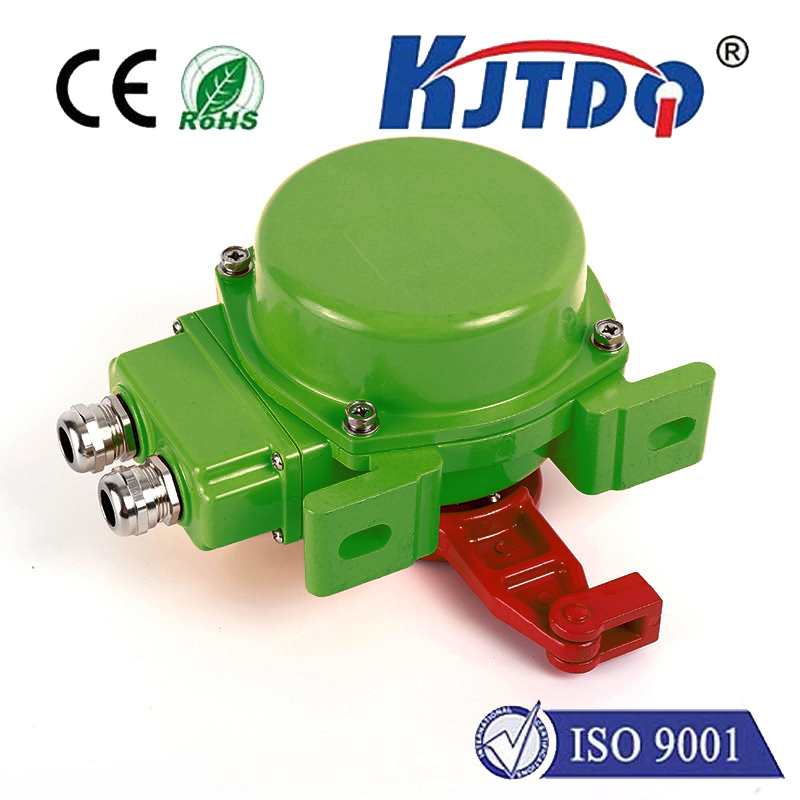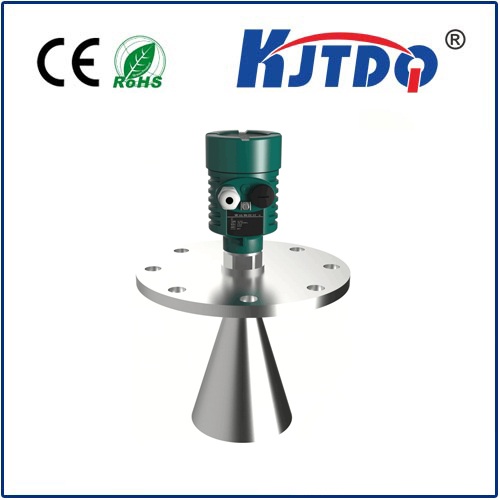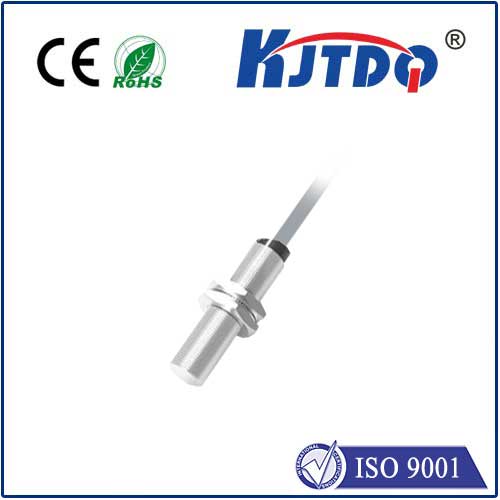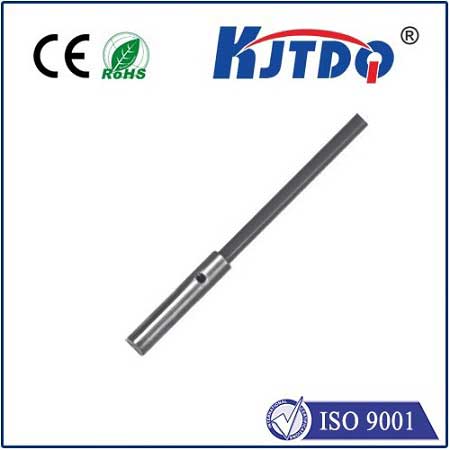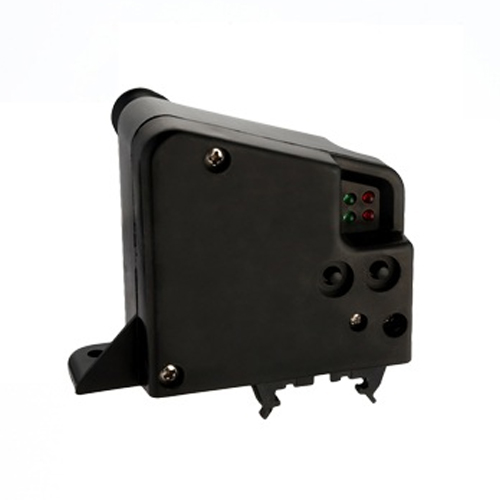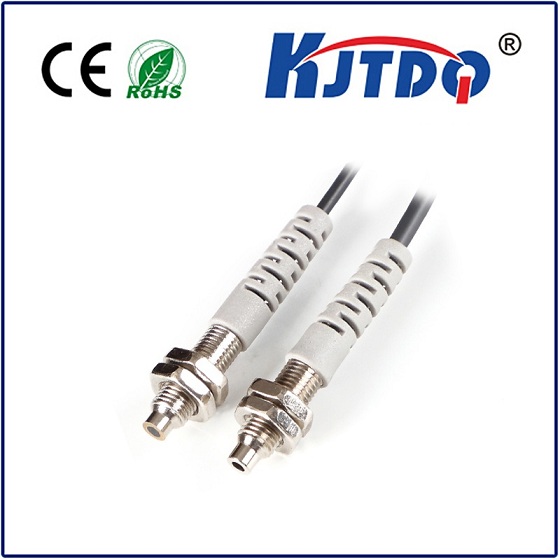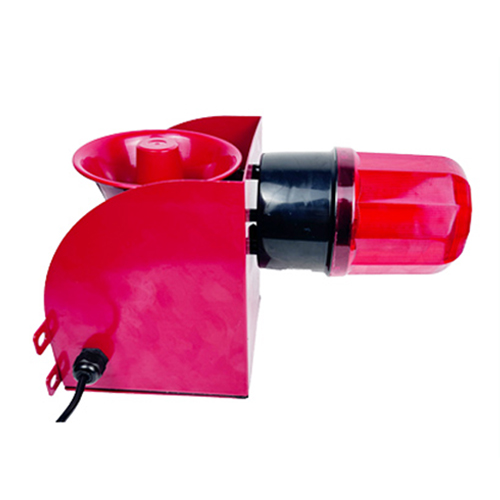jenis jenis sensor proximity
- time:2025-07-11 01:10:27
- Click:0
Beyond Touch: Demystifying the Diverse World of Proximity Sensors
Imagine a factory humming with activity: robotic arms welding car frames with millimeter precision, conveyor belts seamlessly transporting goods, and packaging machines sealing boxes at lightning speed. None of this intricate automation would be possible without the silent sentinels working tirelessly in the background – proximity sensors. These remarkable devices detect the presence, absence, or position of nearby objects without any physical contact. But not all proximity sensors are created equal. Understanding the jenis jenis sensor proximity – the types of proximity sensors – is crucial for selecting the perfect electronic eye for countless industrial, automotive, and even consumer applications.
The Unseen Advantage: Why Proximity Sensors Rule
Before diving into the varieties of proximity sensors, it’s essential to grasp their fundamental value. Unlike mechanical switches requiring physical pressure, proximity sensors operate non-invasively. This translates to significant advantages:

- Reduced Wear & Tear: No physical contact means no mechanical degradation, leading to vastly extended lifespans and lower maintenance costs.
- High Reliability & Speed: Capable of detecting objects at incredibly high speeds (thousands of times per second) and operating reliably in harsh conditions (dust, dirt, moisture, extreme temperatures).
- Versatility: Detect a wide array of objects – metal, plastic, glass, liquid levels, even human presence – depending on the proximity sensor variety chosen.
- Position Sensing: Accurately determine object position for feedback in control systems.
The magic lies in how each type of proximity sensor interacts with its environment. Let’s explore the most common types of non-contact sensors powering modern automation.
1. Inductive Proximity Sensors: Masters of Metal Detection
- Operating Principle: These sensors generate an oscillating electromagnetic field. When a ferrous (iron-based) or non-ferrous (like aluminum, copper, brass) metal object enters this field, it induces small eddy currents on the object’s surface. This current draw causes a detectable change within the sensor’s oscillation circuit, triggering its output.
- Detection Range: Typically ranges from 1mm up to 60mm, depending heavily on the target metal type and sensor size. Ferrous metals generally offer longer ranges.
- Key Features & Applications:
- Robust: Excellent resistance to dirt, dust, and moisture (often IP67/IP68 rated). Ideal for harsh industrial environments like machine tools, presses, and hydraulic systems.
- Metal-Only: Primarily detects metallic objects. Non-metallic materials like plastic or wood won’t trigger them.
- Common Uses: Detecting metal parts on conveyors, position sensing of pistons in cylinders, gear tooth counting, confirming presence of metal caps or cans, machine guarding.
2. Capacitive Proximity Sensors: Detecting Beyond Metal
- Operating Principle: This type of proximity detector functions like an open capacitor. It generates an electrostatic field. When any object (metal, plastic, wood, ceramic, liquid, granules) enters this field, it alters the field’s capacitance by changing the dielectric constant. The sensor detects this change and switches its output.
- Detection Range: Similar to inductive sensors, typically 1mm to 25mm, adjustable via potentiometers on many models. Range is influenced by the target material’s size, dielectric constant, and density.
- Key Features & Applications:
- Material Versatility: Can detect virtually any solid or liquid material, making them incredibly flexible.
- Non-Metal Detection: Ideal for detecting plastic bottles, glass containers, wood blocks, paper stacks, or liquid levels within non-metallic tanks.
- Sensitivity Adjustment: Crucial for tuning out background interference (like container walls) to focus on the target material.
- Common Uses: Fill level control in bottles/tanks (liquids, powders, granules), detecting non-metallic objects on conveyors, presence monitoring of packaging materials, leak detection.
3. Ultrasonic Proximity Sensors: The Long-Range Echo Experts
- Operating Principle: These sensors emit high-frequency sound waves (ultrasonic pulses, beyond human hearing). They then listen for the echo reflected back from a target object. The time taken for the echo to return is used to calculate the distance to the object.
- Detection Range: Significantly longer than inductive/capacitive sensors, commonly from 20mm up to several meters, even up to 10m or more for specialized models.
- Key Features & Applications:
- Large Detection Range: Excellent for applications requiring detection at a distance.
- Object Agnostic: Can detect almost any solid object (regardless of material, color, transparency) or liquid surface reliably.
- Environmental Factors: Performance can be affected by temperature (sound speed changes with temperature, often compensated), air turbulence, very absorbent surfaces, and excessive noise. Foam or thick dust can attenuate the signal.
- Common Uses: Bin or tank level measurement (solids or liquids), presence detection on wide conveyors, pallet detection in warehouses, parking sensor systems, robotics navigation, object counting.
4. Magnetic Proximity Sensors: Harnessing the Power of Magnets
- Operating Principle: These sensors are specifically designed to detect magnetic fields, typically generated by a permanent magnet. The most common type uses the Hall Effect: when a magnet’s field passes near a semiconductor element within the sensor, it generates a voltage proportional to the field strength, triggering the output. Reed switches (magnetically operated contacts) are another, less common type now.
- Detection Range: Relatively short, typically around 5mm to 40mm for Hall Effect sensors. Range depends on magnet strength and sensor sensitivity.
- Key Features & Applications:
- Reliable in Filthy Conditions: Immune to dust, dirt, oil, grease, and non-magnetic debris. Ideal for severely contaminated environments.
- Requires a Magnet: Needs a separate permanent magnet attached to the moving target.
- Precise Switching: Hall Effect sensors offer very repeatable switching points.
- Common Uses: Position sensing in hydraulic/pneumatic cylinders (where the piston rod has an embedded magnet), detecting open/closed status of doors or hatches (with a magnet on the moving part), speed sensing of rotating shafts (ferrous targets or magnets), limit switches protected from grime.
5. Photoelectric Sensors: The Light Beam Detectives
- Operating Principle: These sensors use light (visible, infrared, or laser) to detect objects. They come in three main configurations:
- Through-Beam (Opposed Mode): Separate emitter and receiver units. Detection occurs when an object breaks the light beam. Longest sensing range and most reliable detection.
- Retroreflective: Emitter and receiver in one unit, facing a reflector (corner cube or tape). Detection occurs when an object breaks the reflected beam. Good range.
- Diffuse (Proximity Mode): Single unit contains both emitter and receiver, aimed at the target. Detection occurs when enough emitted light reflects off the target back to the receiver. Range is shortest and depends heavily on target reflectivity and color.
- Detection Range: Varies dramatically: Through-beam can reach 100m+, retroreflective up to 20m+, diffuse typically from a few mm up to 2m. Laser variants offer high precision for small targets.
* **













